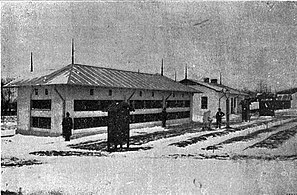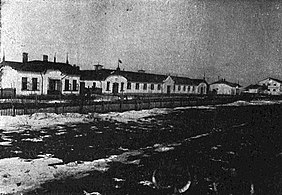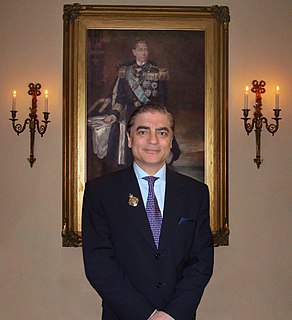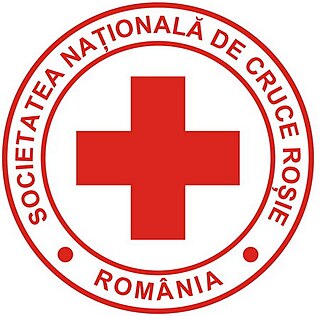Traditional Crown Estate properties
According to the Minerva Encyclopedia of 1929, the following Romanian properties were part, historically, of the Crown Estate: [3] (prewar Romanian county references)
The estates totaled 129.989 hectares, divided into: [3]
- Brăila county (prewar) 6.367 ha
- Dolj County: Sadova, Dolj 19.353 ha; Segarcea 11.800 ha;
- Ilfov County: Cocioc 3.674 ha;
- Neamț County: Bicaz 13.224 ha;
- Prahova County: Gherghița 2.900 ha; Clăbucet mountains with the Caraiman Peak 1.953 ha;
- Buzău County: Domnița 5.487 ha;
- Suceava County: Mălini 27.405 ha; Borca, Neamț 17.871 ha; Sabasa and Fărcașa 3.955 ha;
- Vaslui County: Dobrovăț 6.300 ha.
Between 1900 and 1901, the Crown Estate had twelve estates throughout Romania totalling 132112 hectares, 85000 hectares of forest and 48000 hectares agricultural land. From an administrative point of view, the Estates had ten districts with their own manager qualified in agricultural and forestry sciences. The agricultural estate was made up of eight estates mostly in Muntenia. The soil was of best quality and the crops were fertilised. To be able to fully use the allocated land, the ponds were drained. On that land orchards have been planted and fodder has been grown.
Vineyard represented around 3.19% of the total land and were found mainly on the Sadova and Segarcea Estate sandy land. Agricultural machinery was introduced, farms were established and crops were improved. The last segment was cattle breeding that benefited from the fodder infrastructure. Moldavian cattles were brought that were bred with the Algan breed with aim of improving the traction oxen breed. Next to Periș, on the Cancioc Estate in 1897 a dairy was established that had in 1901 160 cattles. In Dubravăț sheep were bred. Likewise to the cattle breeding, the sheep breeds were bred with other foreign breeds.
At Mălini and Bicaz there were pig farms as well as bee farms. From agriculture the activities expanded to industry, linen, mill, ceramic and factories have been built. As such, offices, dwellings for workers, stables, workshops and sheepfolds were built. In addition, a stud farm was set up in Durovats where the indigenous breed of horses was intended to be improved.
- Pig farm on Dobroveț Estate
- Bee farm on Cocioc Estate
- Stables on Bicaz Estate
- Dairy on Periș Estate
The forests of the Crown Estate numbered 84,000 ha, of which 67,000 ha in the mountains, 5,000 at the hill, and 12,000 at the plains. 97.3% of the forest was exploitable and only 2.7% was unproductive. The forests were beech, fir, oak, acacia or elm. Afforestations were made in the Sadova sands, and forest exploitation followed a strict forestry system. The transport of logs harvested to the sawmills or railway station was made on the water, narrow railways, or access roads existing at that time. 60 kilometers of railway and a 1.5 km funicular were built with 6 locomotives that had a power of 240 horses. The sawmills were at Poiana Doamnei, Găinești and Borca at Mălini and at Piatra Corbului and Ața at Bicaz. Industry wise workshops were built for the manufacture of gates, windows, wooden vessels, furniture, etc. There were also hunting parks, one in Mălini și unul la Bicaz, in Dubroveț there was a pheasantry, etc.
- Trees cut from the Bicaz forest
- Funicular train from Mălini
- Rope factory at Dobroveț Estate
- Rafts with logs on Bistrița
























